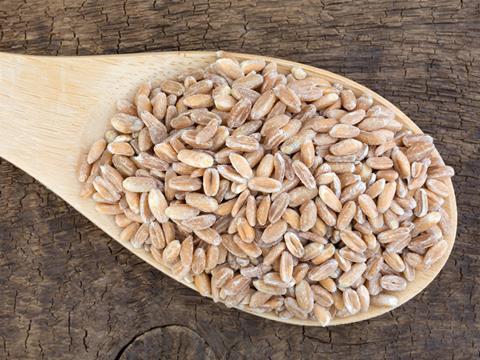
The UK cereals sector should beware “sleepwalking into Brexit” and increase its competitiveness now, experts warn.
AHDB’s latest Horizons market intelligence report for June says that without an effective trade deal it would become more challenging to export surplus grain to the EU, which currently “takes the lion’s share”.
If there are short global supplies and high prices, the UK could experience “relative ease in moving grain surpluses on to the global market”, the report adds. However, if the market is abundant with competitive supply when Brexit happens, the UK will find it hard to compete.
The report urges the cereals industry to: improve competitiveness; drive productivity; improve grain quality; and get to grips with potential product niches. “There are niches to exploit, but getting fit to compete in our own market has to be the priority,” says AHDB’s chief strategy officer Tom Hind.
It comes as agri-consultancy Andersons has called on cereal farmers to use the next two harvests to get their businesses “match fit for the post-Brexit world” in its Arable Outlook for June 2017. These changes should come within farms’ labour and machinery budgets, says Joe Scarratt, farm business consultant at Andersons.
He says there is “plenty of scope for improvement” in these areas. Forecasts for output over the next couple of years were up by almost £100 per hectare, according to Andersons’ Loam Farm Model, which could present an opportunity to “make reasonable margins” ahead of a possible decrease in subsidies.
“We’re expecting a circa 50% reduction [in subsidies] beyond 2019,” says Scarratt. “The key thing we’re telling businesses is you’ve got a couple of years of the same subsidy receipts, although arguably a bit higher because of the exchange rate. Use that to sort yourselves out in terms of overhead costs.”

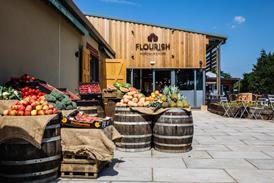


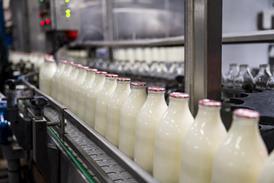


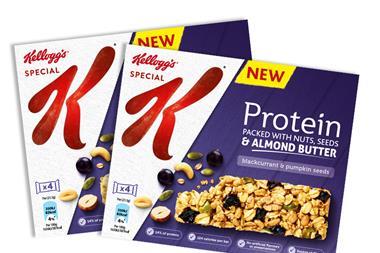

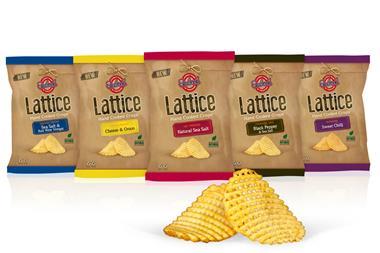
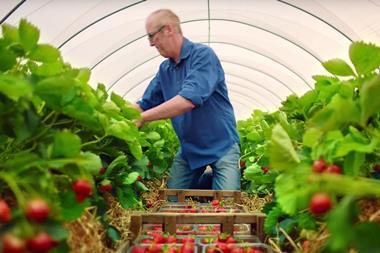

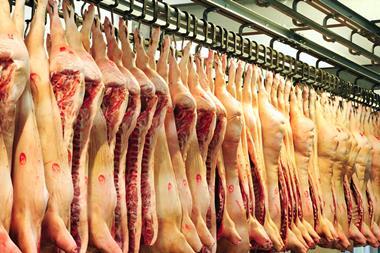



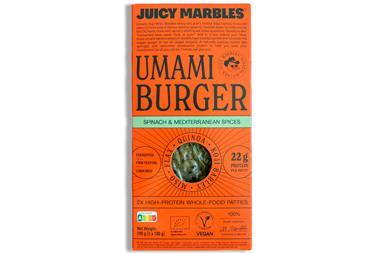

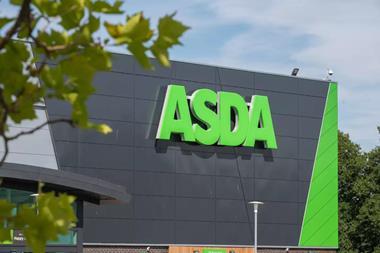
No comments yet